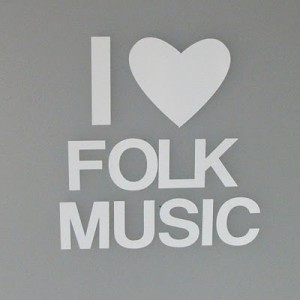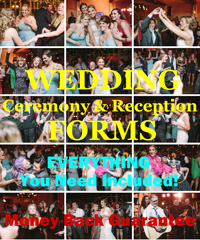by Dave Austin, “Music Professor”
 When I decided to write this article about folk music, I was thinking only of the folk music that came on the scene back in the late 1940s, 50s’ and 60s. You know, “Michael, Row the Boat Ashore,” “Puff the Magic Dragon,” and so on. It had not occurred to me at this early stage that every country and every culture has its own folk music – both modern and traditional.
When I decided to write this article about folk music, I was thinking only of the folk music that came on the scene back in the late 1940s, 50s’ and 60s. You know, “Michael, Row the Boat Ashore,” “Puff the Magic Dragon,” and so on. It had not occurred to me at this early stage that every country and every culture has its own folk music – both modern and traditional.
I quickly discovered that I could easily become bogged down in by trying to sort it all out. So, for this short article, let’s limit the discussion to the American “folk revival” – the music that became so popular during the 1960s and is still sometimes heard today.
In truth, what set me to thinking about folk music was a request for a John Denver song from a guest at a recent event. Even though John is best remembered as a solo act, his music roots extend back into the peak of the folk music era.
With a guitar given to him by his grandmother at age 11, John soon learned to play well enough to gig in local clubs. In college, he sang in a folk group called The Alpine Trio and later became a member of the Chad Mitchell Trio in 1965, but soon left for a solo career.
As this folk music revival began – most say during the 1940s – it brought forward musical styles that had contributed to country & western, jazz and rock. Actually, the folk revival can be attributed to the first commercially viable group, The Weavers, founded by Pete Seeger in 1948, and their 1950 hit of “Goodnight Irene” which topped the Billboard chart for 13 weeks. The Weavers then reeled off a string of hits like “Kisses Sweeter Than Wine” and “So Long It’s Been Good to Know You.”
However, the group’s recording contract was abruptly dropped by Decca Records when Seeger was listed as a probable subversive (Communist). Radio stations refused to play The Weavers’ records and concert venues cancelled their performances. Seeger’s accuser later recanted his charges and in 1955, a Christmas Weaver reunion concert was a smash and the Vanguard LP of the event was one of the top albums of the year.
In the 1950s, folk music was mostly heard in coffee houses, open-air concerts, private parties and in hootenannies.
All the while, the music became closely associated with the beatnik scene. Two of the singers who crossed into the mainstream during the 50s were Odetta (“Take This Hammer”) and Harry Belafonte. Odetta had trained as an opera singer and Belafonte scored big with Jamaican calypso tunes (“Jamaica Farewell,” “Banana Boat Song,” etc.) and a folk-like sentimental ballad “Scarlet Ribbons.” In 1961, Odetta and Belafonte recorded “There’s a Hole in My Bucket” together and climbed to #32 on the singles chart.
We can’t overlook the Kingston Trio, a West Coast group which avoided the social and political themes so common to folk music of the era. Rather, they cultivated a clean-cut, collegiate image. Their first big hit, “Tom Dooly” went Gold in 1958 and sold more than three million copies. At this time, no folk music category existed at the Grammys, but the next year, the category was added and the Kingston Trio was named the first recipient of the Best Ethnic or Traditional Folk Recording for their album “At Large.” At one point the group had four LPs in the Top Ten selling albums – a record unmatched for more than 50 years.
The Kingston Trio’s success was followed by artist like Joan Baez, whose debut album reached the Top Ten in 1960 and remained there for two years. Other notables during this time were Peter, Paul and Mary, The Chad Mitchell Trio, The Highwaymen, The Clancy Brothers & Tommy Makem and Bob Dylan.
In fact, Dylan’s popularity became so great that record companies began signing a new generation of young singer-songwriters – Phil Ochs, Hoyt Axton, Judy Collins, Gordon Lightfoot, Arlo Guthrie and, lest we forget, John Denver.
Folk music – at least what most of us think of as folk music – quickly faded in the 1960s. However, its influence continued to be heard in such artists as Joni Mitchell, The Byrds, Crosby, Stills, Nash & Young, and the Lovin’ Spoonful, whose members had backgrounds in the coffee house scene. Also, after Dylan recorded with a rockin’ electric band in 1965, many younger folk artists followed suit.
Alas, by the late 60s, folk music returned to being a low-key aficionado thing, although sizable annual acoustic music festivals still occur throughout many parts of North America. Because of the luminary young singer-songwriters of the 1960s, the American folk song revival continues to influence songwriting and musical styles throughout the world to this day.
What are your most popular Folk Music requests?




